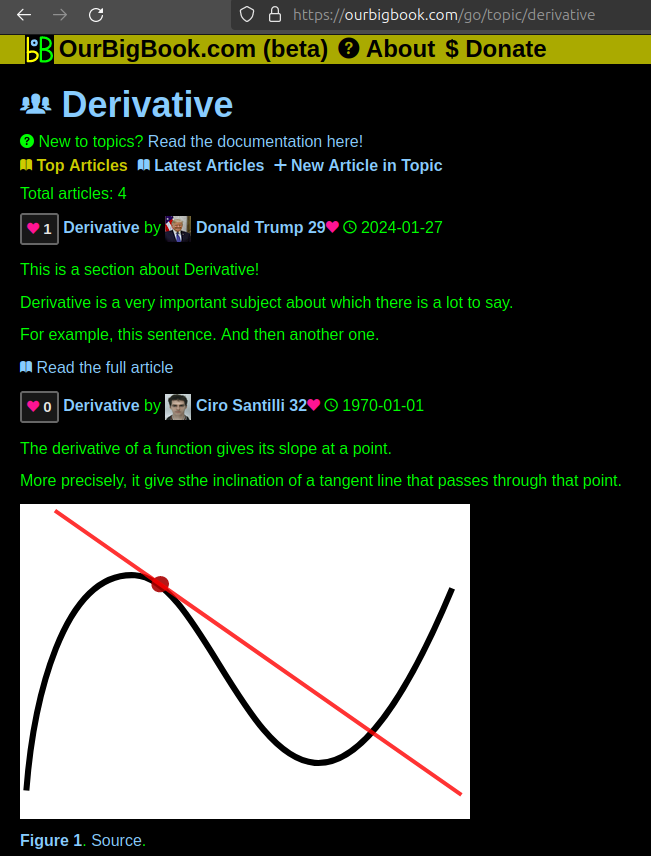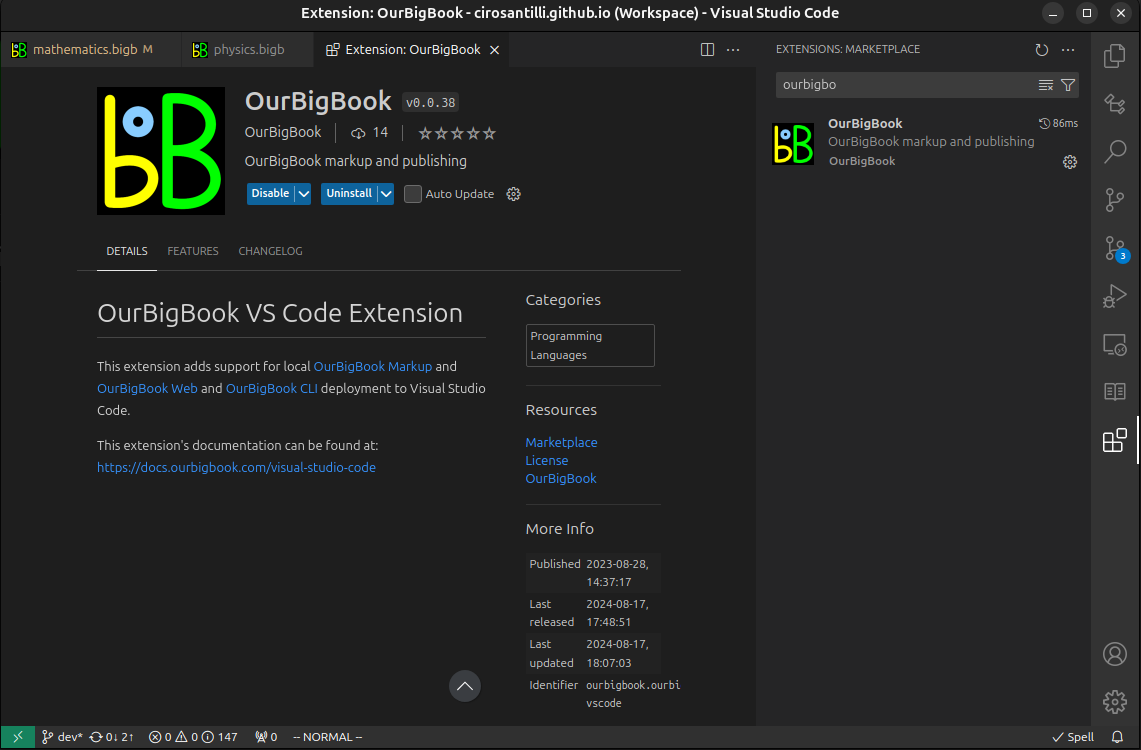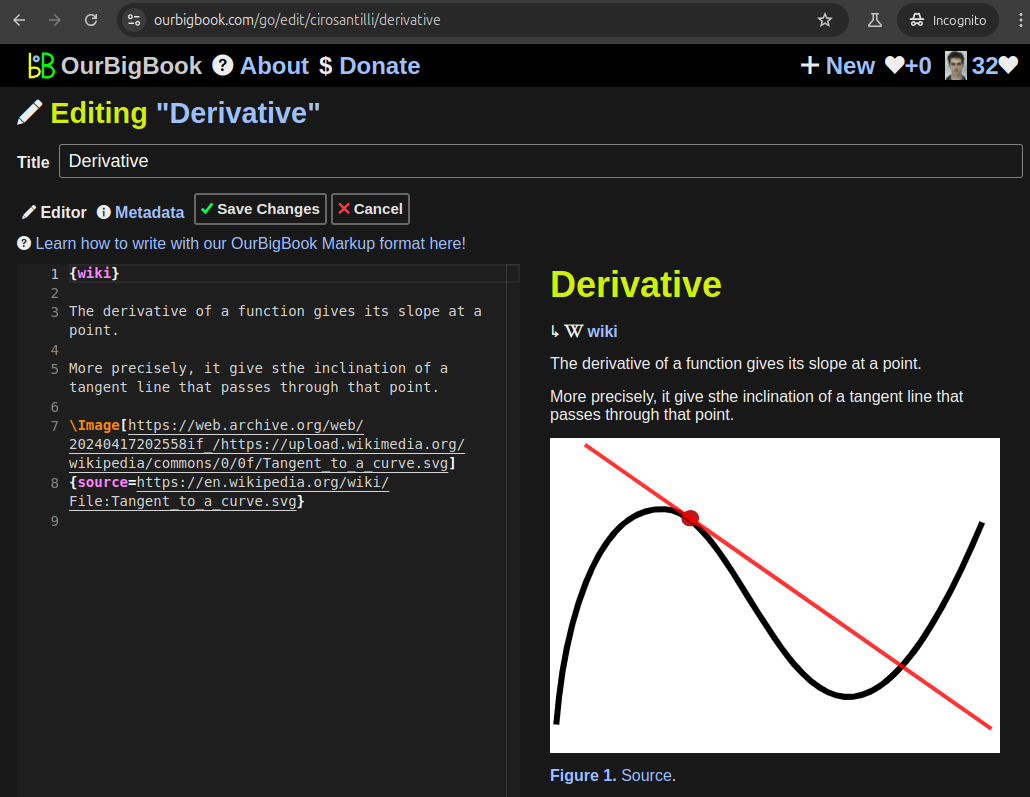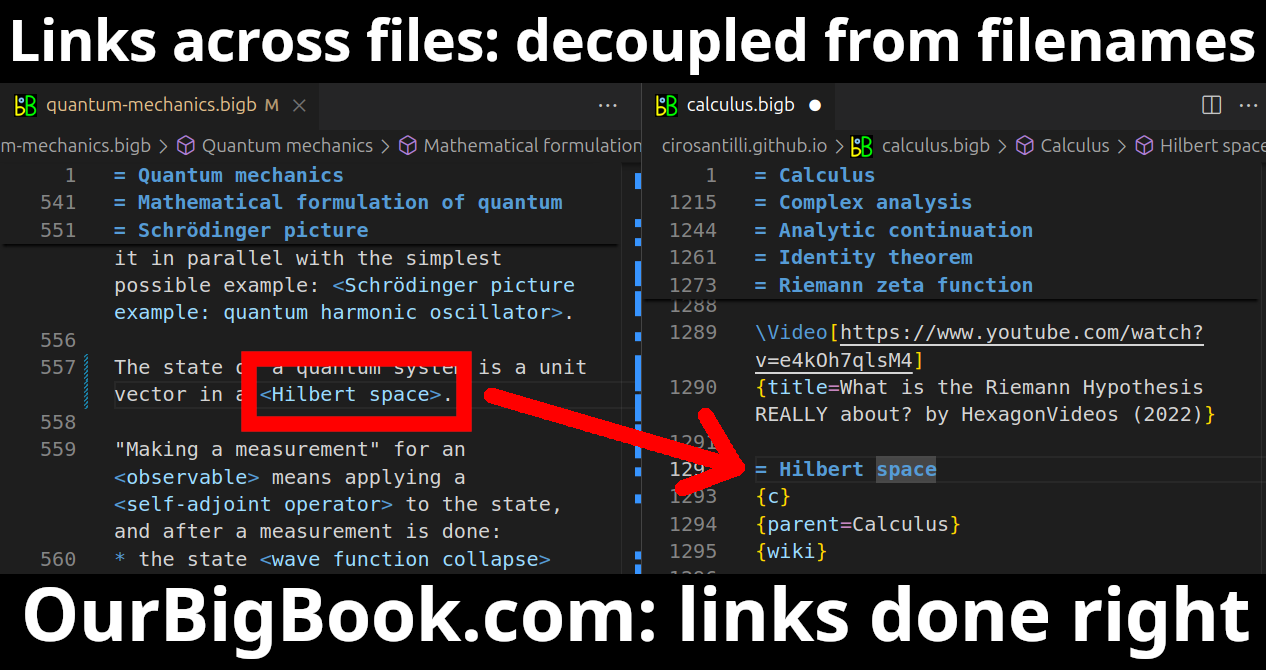The **Annual Review of Biophysics** is a peer-reviewed academic journal that publishes comprehensive, authoritative reviews in the field of biophysics. It is part of the Annual Reviews series, which aims to synthesize and critically assess the most relevant and impactful research developments in various scientific disciplines.
Jeffrey T. Leek is a prominent biostatistician and data scientist known for his work in the fields of statistics, biomedical research, and data analysis. He has contributed significantly to the development of statistical methods for high-throughput data analysis in genomics and other areas of health research. Leek is also recognized for his efforts in educating others about data science and biostatistics, often engaging with the academic community through publications, lectures, and open-source software.
As of my last knowledge update in October 2023, there is no widely recognized public figure, concept, or entity known as "Joel Kleinman." It is possible that you may be referring to a private individual, a character from a work of fiction, or an emerging figure not widely covered in the public domain at that time.
Abhaya Indrayan is a notable figure in the field of medical statistics and clinical trials. He is recognized for his work in biostatistics, particularly in the context of research methodologies and the statistical analysis of data relevant to medical and health sciences. His contributions have often focused on improving the design and interpretation of clinical studies, allowing for more reliable conclusions in medical research.
Dominique Costagliola is a prominent French epidemiologist, known for her work in the fields of public health and epidemiology, particularly in relation to infectious diseases and chronic conditions. She has contributed significantly to research on health determinants and the methodology of epidemiology, including aspects related to statistical modeling and data analysis in health research.
F. DuBois Bowman is an academic and researcher known for his work in the fields of biostatistics and epidemiology. He has made significant contributions to statistical methods in health research, particularly in the analysis of brain imaging data and public health outcomes. Bowman has published numerous research articles and has been involved in interdisciplinary collaborations that bridge statistics, medicine, and public health. He is often recognized for his expertise in developing novel statistical approaches and models to address complex health issues.
Principled reasoning refers to a decision-making process that is guided by established principles or values rather than by subjective feelings or immediate outcomes. It involves considering ethical, moral, or logical frameworks when analyzing situations and making choices. Key characteristics of principled reasoning include: 1. **Consistency**: Decisions are based on consistent principles, which can help individuals and organizations align their actions with their values over time.
Quantitative behavioral finance is an interdisciplinary field that combines principles from quantitative finance, behavioral finance, and statistical analysis to understand and model the behaviors and decision-making processes of investors and market participants. Here’s a closer look at each component: 1. **Quantitative Finance**: This aspect deals with mathematical and statistical models to analyze financial data and develop investment strategies. It often involves the use of algorithms, programming, and data analysis to predict market trends and evaluate risks.
Rational pricing refers to a pricing strategy where prices are determined based on a logical analysis of costs, market demand, competition, and price elasticity, rather than subjective factors or intuition. The goal of rational pricing is to set prices that maximize profits while also considering the value provided to customers. This involves: 1. **Cost Analysis**: Understanding all costs involved in the production and delivery of a product or service, including fixed and variable costs.
The reserve requirement is a regulatory mandate that stipulates the minimum amount of reserves that a bank must hold against its deposit liabilities. This requirement is typically expressed as a percentage of the bank's total deposits and can vary based on the type of deposits (e.g., demand deposits, savings deposits) and the size of the bank. Reserve requirements serve several purposes: 1. **Stability**: They ensure that banks maintain a certain level of liquidity, helping to promote stability in the financial system.
A **risk pool** is a group of individuals or entities that come together to share the financial risks associated with certain events or losses. The concept of risk pooling is commonly used in insurance, finance, and risk management contexts. The idea is that by combining resources and spreading risks across a larger group, the financial burden of losses can be managed more effectively.
The Stochastic Discount Factor (SDF), also known as the marginal rate of substitution or pricing kernel, is a fundamental concept in financial economics, particularly in asset pricing theory. It is used to represent how the present value of future cash flows is adjusted for risk and time preference. ### Key Features of Stochastic Discount Factor: 1. **Definition**: The SDF is a random variable that can be used to discount future payoffs in a way that incorporates uncertainty or risk.
The Capital Asset Pricing Model (CAPM) is a financial model used to determine the expected return on an investment based on its systematic risk, represented by beta (β). The model establishes a relationship between the expected return of a security and its risk in relation to the overall market. It was developed in the 1960s by economists William Sharpe, John Lintner, and Jan Mossin.
The Distortion Risk Measure is a concept used in risk management and finance to evaluate the risk of a given portfolio or investment by applying a distortion function to the probability distribution of potential outcomes. Unlike traditional risk measures, which might focus solely on moments like the mean or variance of returns, distortion risk measures apply a transformation to the probability distribution to emphasize certain tail risks or to reflect an individual's or institution's risk preferences.
Entropic risk measures are a class of risk measures in the field of finance and insurance that are based on the concept of entropic or exponential utility functions. They provide a way to assess the riskiness of financial positions or portfolios by evaluating how the uncertainty in potential outcomes impacts decision-making.
The term "Flexibility method" can refer to different concepts depending on the context. Here are a few areas where the term is commonly used: 1. **Structural Engineering**: In the field of structural analysis, the flexibility method (also known as the method of consistent deformations) is used to analyze structures by considering the deflections of the structure under applied loads.
"Brown powder" can refer to various substances depending on the context in which it is used. Here are a few possibilities: 1. **Heroin**: In recreational drug terminology, "brown powder" often refers to a type of heroin that is brown in color due to impurities or the way it is processed. 2. **Cocoa Powder**: In cooking and baking, brown powder might refer to cocoa powder, which is made from ground cocoa beans.
Multiphase topology optimization is an advanced computational design strategy that involves the simultaneous optimization of materials with multiple phases within a given domain. This approach is commonly used in engineering and materials science to design components that can have varying material properties throughout their structure, enhancing performance while minimizing weight and material usage.
Pinned article: Introduction to the OurBigBook Project
Welcome to the OurBigBook Project! Our goal is to create the perfect publishing platform for STEM subjects, and get university-level students to write the best free STEM tutorials ever.
Everyone is welcome to create an account and play with the site: ourbigbook.com/go/register. We belive that students themselves can write amazing tutorials, but teachers are welcome too. You can write about anything you want, it doesn't have to be STEM or even educational. Silly test content is very welcome and you won't be penalized in any way. Just keep it legal!
Intro to OurBigBook
. Source. We have two killer features:
- topics: topics group articles by different users with the same title, e.g. here is the topic for the "Fundamental Theorem of Calculus" ourbigbook.com/go/topic/fundamental-theorem-of-calculusArticles of different users are sorted by upvote within each article page. This feature is a bit like:
- a Wikipedia where each user can have their own version of each article
- a Q&A website like Stack Overflow, where multiple people can give their views on a given topic, and the best ones are sorted by upvote. Except you don't need to wait for someone to ask first, and any topic goes, no matter how narrow or broad
This feature makes it possible for readers to find better explanations of any topic created by other writers. And it allows writers to create an explanation in a place that readers might actually find it.Figure 1. Screenshot of the "Derivative" topic page. View it live at: ourbigbook.com/go/topic/derivativeVideo 2. OurBigBook Web topics demo. Source. - local editing: you can store all your personal knowledge base content locally in a plaintext markup format that can be edited locally and published either:This way you can be sure that even if OurBigBook.com were to go down one day (which we have no plans to do as it is quite cheap to host!), your content will still be perfectly readable as a static site.
- to OurBigBook.com to get awesome multi-user features like topics and likes
- as HTML files to a static website, which you can host yourself for free on many external providers like GitHub Pages, and remain in full control
Figure 3. Visual Studio Code extension installation.Figure 4. Visual Studio Code extension tree navigation.Figure 5. Web editor. You can also edit articles on the Web editor without installing anything locally.Video 3. Edit locally and publish demo. Source. This shows editing OurBigBook Markup and publishing it using the Visual Studio Code extension.Video 4. OurBigBook Visual Studio Code extension editing and navigation demo. Source. - Infinitely deep tables of contents:
All our software is open source and hosted at: github.com/ourbigbook/ourbigbook
Further documentation can be found at: docs.ourbigbook.com
Feel free to reach our to us for any help or suggestions: docs.ourbigbook.com/#contact






